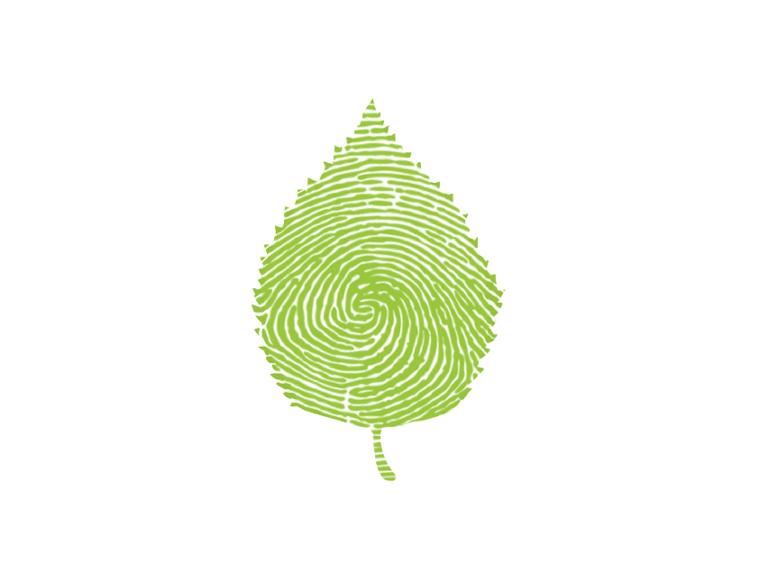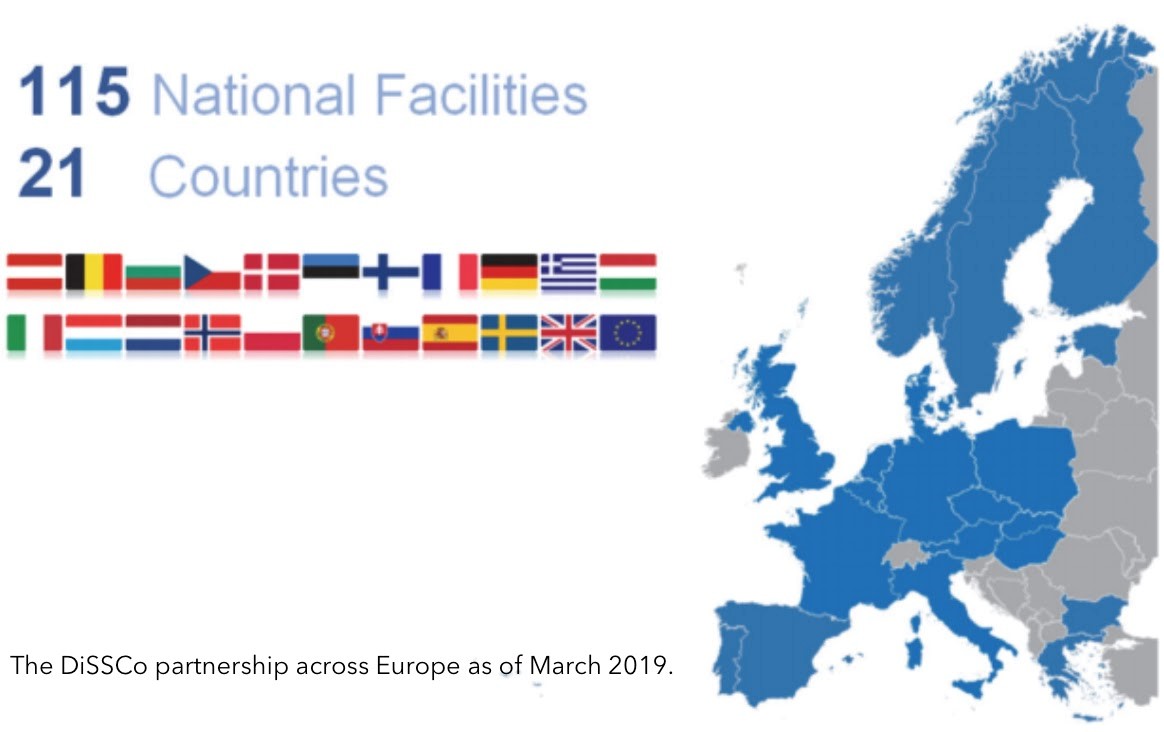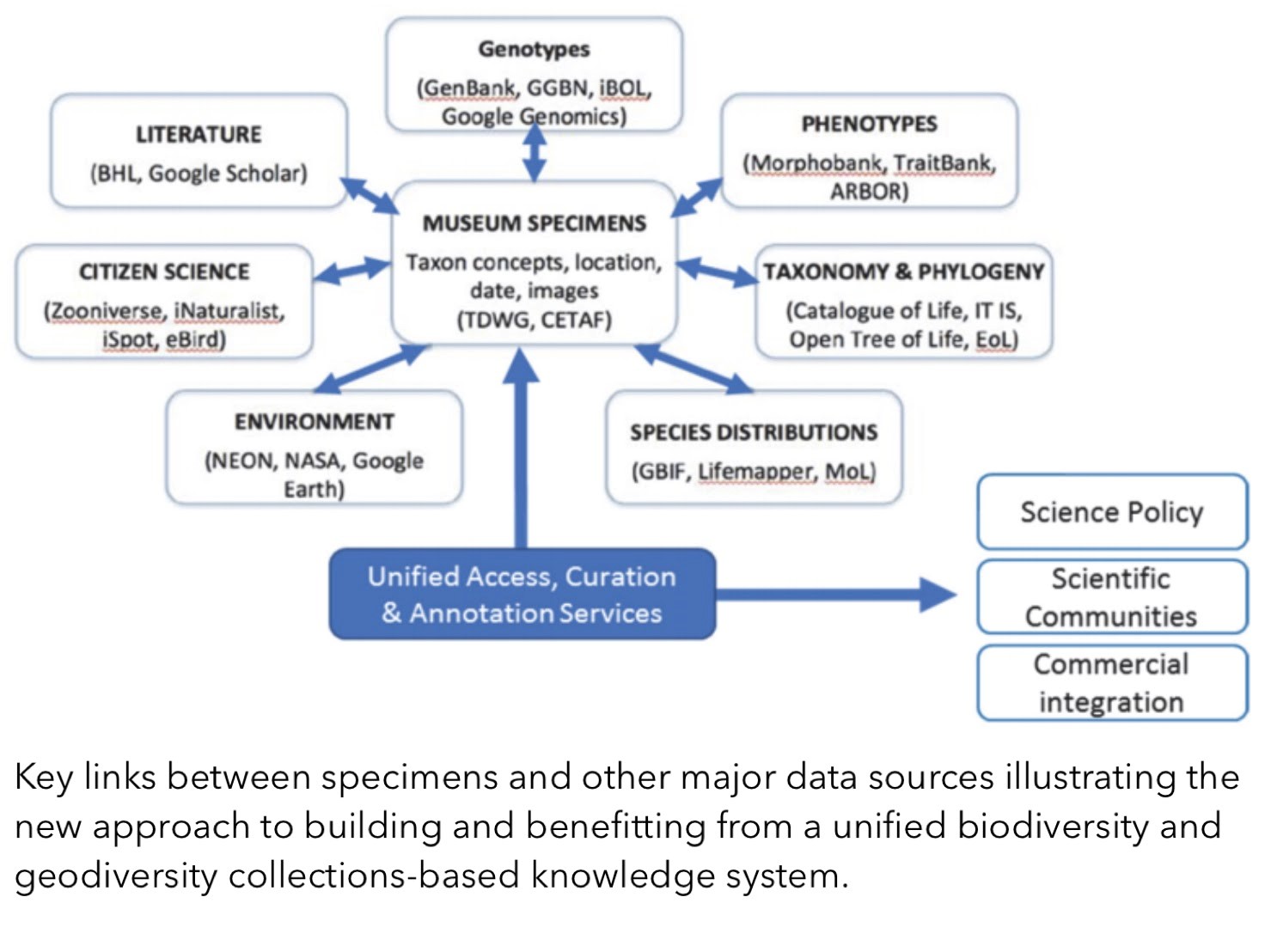
The most crucial challenge humanity faces is to map a sustainable future for ourselves and the natural systems on which we depend. Developing scientific capacity to produce feasible and convincing ways of addressing this overarching challenge and reach sustainable development goals is critical, and depends on our ability to effectively exploit the unprecedented growth in the volume of biodiversity data.
Integrating a fragmented landscapeof biodiversity knowledge
Technical innovations such as DNA sequencing, development of large scale digitisation facilities like 3D imaging, as well as the mobilisation of citizen scientists, rapidly increases the volume of biodiversity data extracted from studying natural science collections. Despite previous efforts in bringing dispersed natural-science-collections-derived information together, we still face a mostly fragmented landscape of biodiversity knowledge with research infrastructures providing only limited resources to scientists and other user communities. Research infrastructures that link biodiversity data and connect user communities with the means to interpret and analyse this data, will enable scientists to understand, measure and predict how change affects ecosystem function.
Digitally unifyingnatural history collections
European natural history museums and other collection holding institutes collectively hold more than 50% of the world’s natural science collections (approx. 1.5 billion specimens), which represent 80% of the world’s known biodiversity. As such, the ‘European’ collection is essential in developing a robust global corpus of reliable biodiversity reference data across time, space, scale and taxonomy. These developments have led European museums to acknowledge the urgent need to mobilise mass scale, linked and reliable biodiversity data from natural science collections. As a result, the largest ever consortium of its kind has been formed (120 institutions across 21 countries, March 2020) to transform fragmented European collections into a Distributed System of Scientific Collections (DiSSCo). This is a new and urgently needed pan-European research infrastructure that will provide unified access, discovery, interpretation and analysis services to ‘one European collection’.

DiSSCo'smission
The mission and operational objectives of DiSSCo go beyond introducing pivotal change in European collection management, access and sharing. It effectively mandates a new business model where institutional collections become part of a larger whole representing European collections, collection development strategies complement each other, and research agendas are synchronised. ISBI, along with teams from 30 other European institutions, are actively working towards realizing this vision. DiSSCo's design study (ICEDIG) was successfully completed and its current phase, DiSSCo Prepare, was inaugurated in February 2020. Over the next three years (2020-2022), DiSSCo Prepare will bring the scientific, data, financial, technological and organisational dimensions of the infrastructure up to implementation readiness and develop DiSSCo's Construction Masterplan. DiSSCo will become fully operational by 2026 serving a wide range of scientific and industrial constituencies through a diverse portfolio of services.
